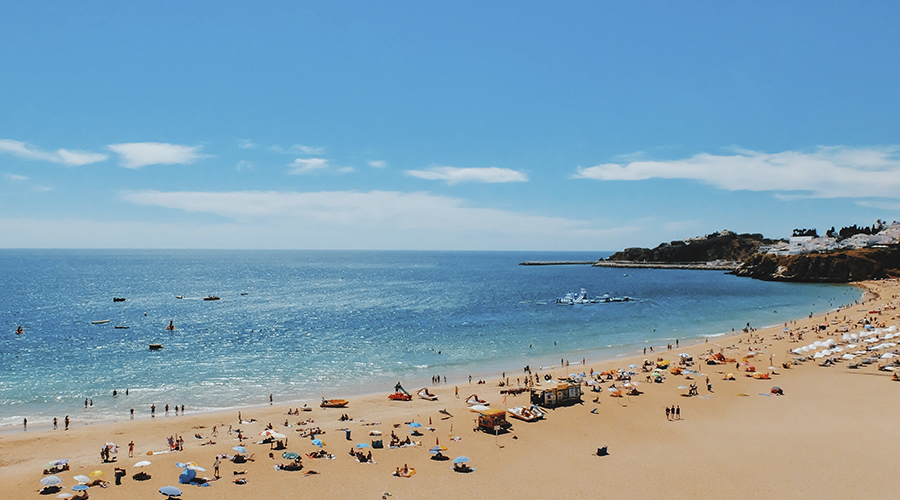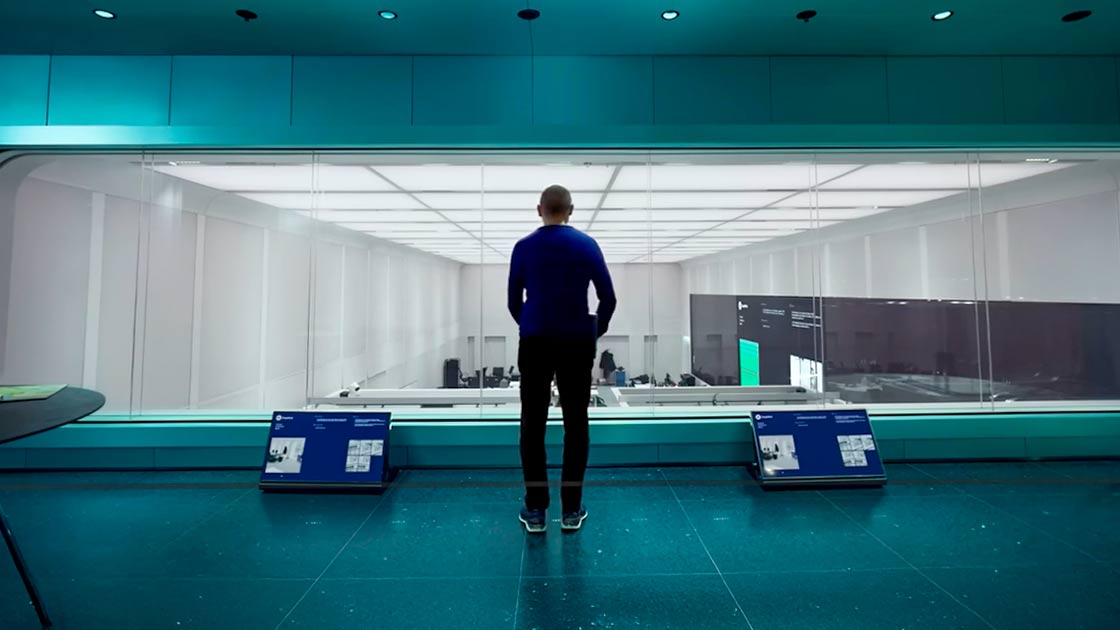10 sensors to create Smart Beaches
From the showers that clean our feet to sensors that measure the quality of the sand or sea water. The smart beaches are the next horizon, but they’re already a reality in the Valencian Community. A pioneering projectbetween the Turism Agency from Valencia and the Polytechnic University has made this possible in the sandy areas of Gandía, Benidorm and Benicassim.
The project consists in obtaining and analyzing data that allows us to improve our experience as bathers and achieve a competitive advantage in the tourism sector, a key industry in the Spanish economy. Likewise, it will offer information in real time not only to citizens, but also to the authorities.
But how do you do it? The new technologies of the Internet of Things will be present in this innovative management of the beaches, and thanks to them you will be able to obtain a great variety of indicators through different measurement sensors, among which are:
- Substrate sensor. They are quantitative sensors that allow us to know the quality and temperature of the sand, as well as its cleanliness and the presence of unwanted remains.
- Surveillance drones. They will watch over bathers or the presence of dangerous species such as jellyfish, significantly increasing the safety of these beaches.
- Monitoring bathymetries. They help monitor the seabed in real time and control the species that cross it.
- Smart buoys. They are In charge of controlling the limits of the bathing areas and the proximity of boats to prevent accidents. They also monitor the quality of the water, its temperature, and help detect the presence of jellyfish.
- UVA sensors. They are the perfect aid for sunscreens. It measures radiation levels, their variation, and transfer information so that the screens advice how much we must protect our skin and eyes from UVA rays.
- Shower. It helps control water consumption, which also has a timer and self-diagnosis sensor, thus allowing for better maintenance by reducing the cost.
- Smart Parking. Parking control that provides information in real time of the places available to citizens and which in turn helps reduce CO2 emissions and fuel consumption.
- Water supply. Sensors that allow, among other things, the detection of leaks in the supply network and carry out an appropriate maintenance of the same. They also help control water consumption, which helps the environment.
- WI-FI. Besides being one of the favorite features of holidaymakers, who do not want to consume their data on the beach, the installation of Wi-Fi allows, among other things, to measure occupancy density.
- Smart traffic lights. It is a critical tool to help with the arrival and departure of cars to the beaches. It facilitates traffic control and pedestrian prioritization, in addition to offering safety information.
This are ten IoT tools that are part of these beaches, but there are many more. They provide citizens and visitors with a safer, more efficient and more comfortable vacation, with new and better advanced services at our fingertips. The authorities allow them to ensure a sustainable tourism, without problems or accidents, from which they can obtain critical information that helps making better decisions in the future and improves the tourist experience. Smart cities are already a reality, and projects and initiatives like this are the most obvious proof.
 Hybrid Cloud
Hybrid Cloud Cyber Security & NaaS
Cyber Security & NaaS AI & Data
AI & Data IoT & Connectivity
IoT & Connectivity Business Applications
Business Applications Intelligent Workplace
Intelligent Workplace Consulting & Professional Services
Consulting & Professional Services Small Medium Enterprise
Small Medium Enterprise Health and Social Care
Health and Social Care Industry
Industry Retail
Retail Tourism and Leisure
Tourism and Leisure Transport & Logistics
Transport & Logistics Energy & Utilities
Energy & Utilities Banking and Finance
Banking and Finance Sports
Sports Smart Cities
Smart Cities




